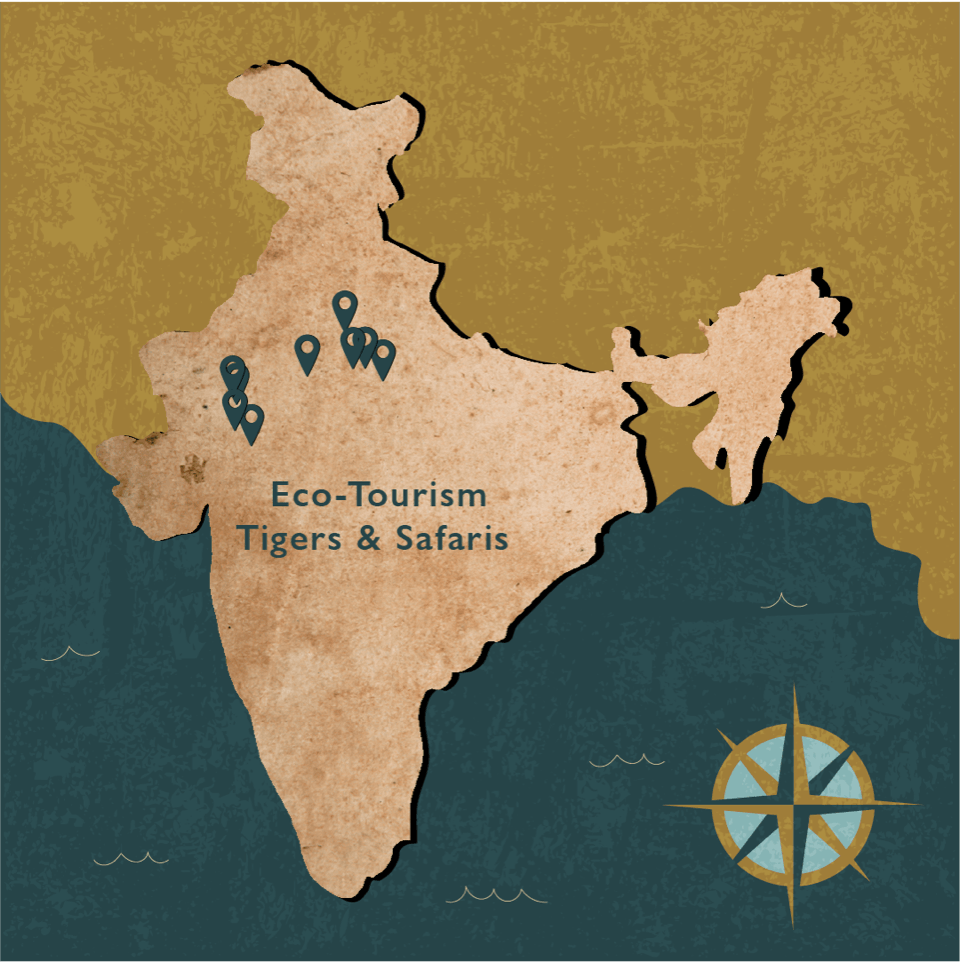



Arrive Delhi by an international flight. After clearing immigration and customs formalities you are met by a representative from First Tours India who will then escort you to Taj Mahal, New Delhi. Located on Number One Mansingh Road, Taj Mahal New Delhi stands as tribute to timeless hospitality and service, complementing the broad leafy boulevards of Delhi's chief architect, Sir Edwin Lutyens. The glorious Mughal architecture, dramatic façade of pink Dholpur sandstone, impeccable gardens and pool give it the ambience of a luxurious in-city haven. The capital of India, Delhi is its third largest city with a population of about 16 million. Its strategic location has given it a focal position in Indian history and many great empires have ruled from here. The monuments and ruins of these are scattered throughout the city, often cheek by jowl with modern structures and high-rise towers.
Taj Mahal, New Delhi

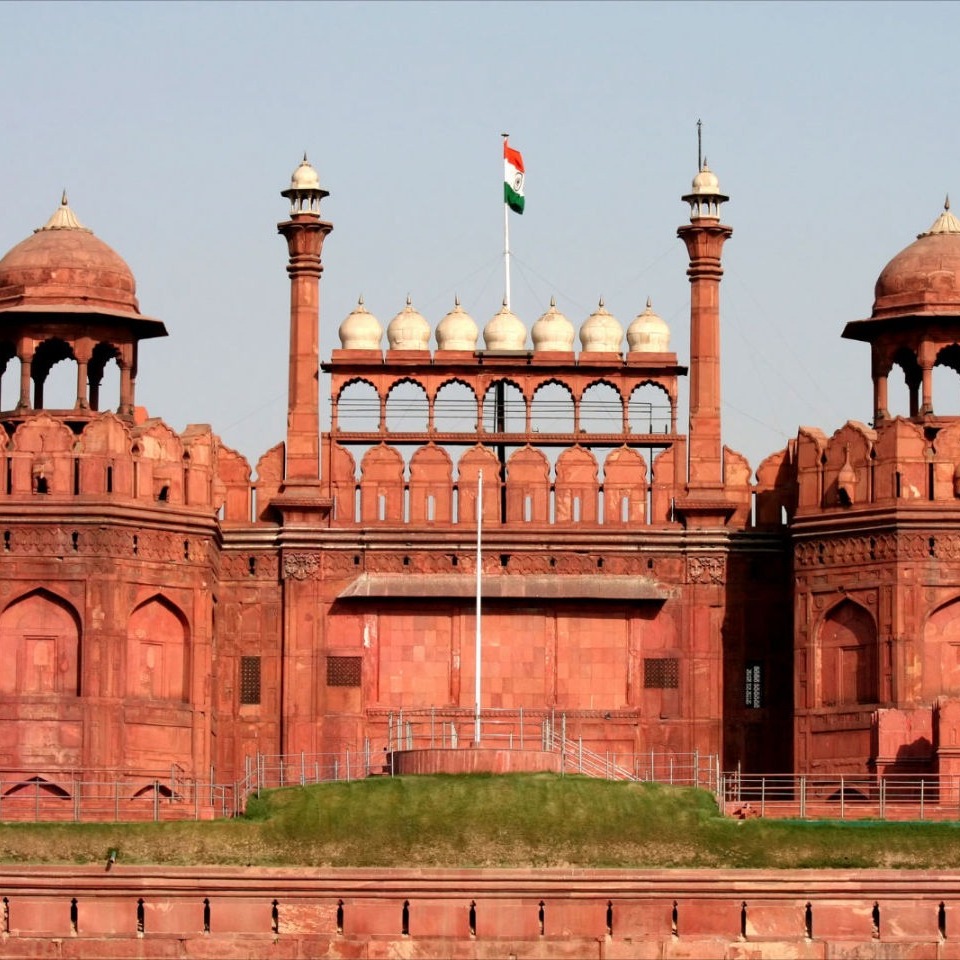
Begin touring of Old Delhi visiting Red Fort (1639-1648) that reflects the grand but stultifying court etiquette of Shah Jahan. Enjoy a memorable rickshaw ride through alleys that offer a unique insight into its historic past and present-day cultural fabric, making Old Delhi the perfect amalgamation of living traditions and spectacular built heritage. Proceed to Raj Ghat to visit the memorial of Mahatma Gandhi. In the afternoon visit one of Delhi's most famous landmarks, the fluted red sandstone tower of Qutab Minar. Started in 1199, the tower tapers upwards from the ruins, covered with intricate carvings and deeply inscribed verses. Proceed to the 1564 Humayun's Tomb – the most arresting example of the synthesis of two of the great building styles of Asia – the Persian and the Indian. Humayun's red sandstone and marble tomb follow the octagonal form of the Delhi sultans' tombs with high central arches, fine proportions and incorporates the first "four-garden" that set the pattern for later Mughal memorials. End the day with a visit to the most grandiose and elegant Victorian section of New Delhi which contains the majestic government buildings conceived by Sir Edwin Lutyens and assisted by Herbert Baker.

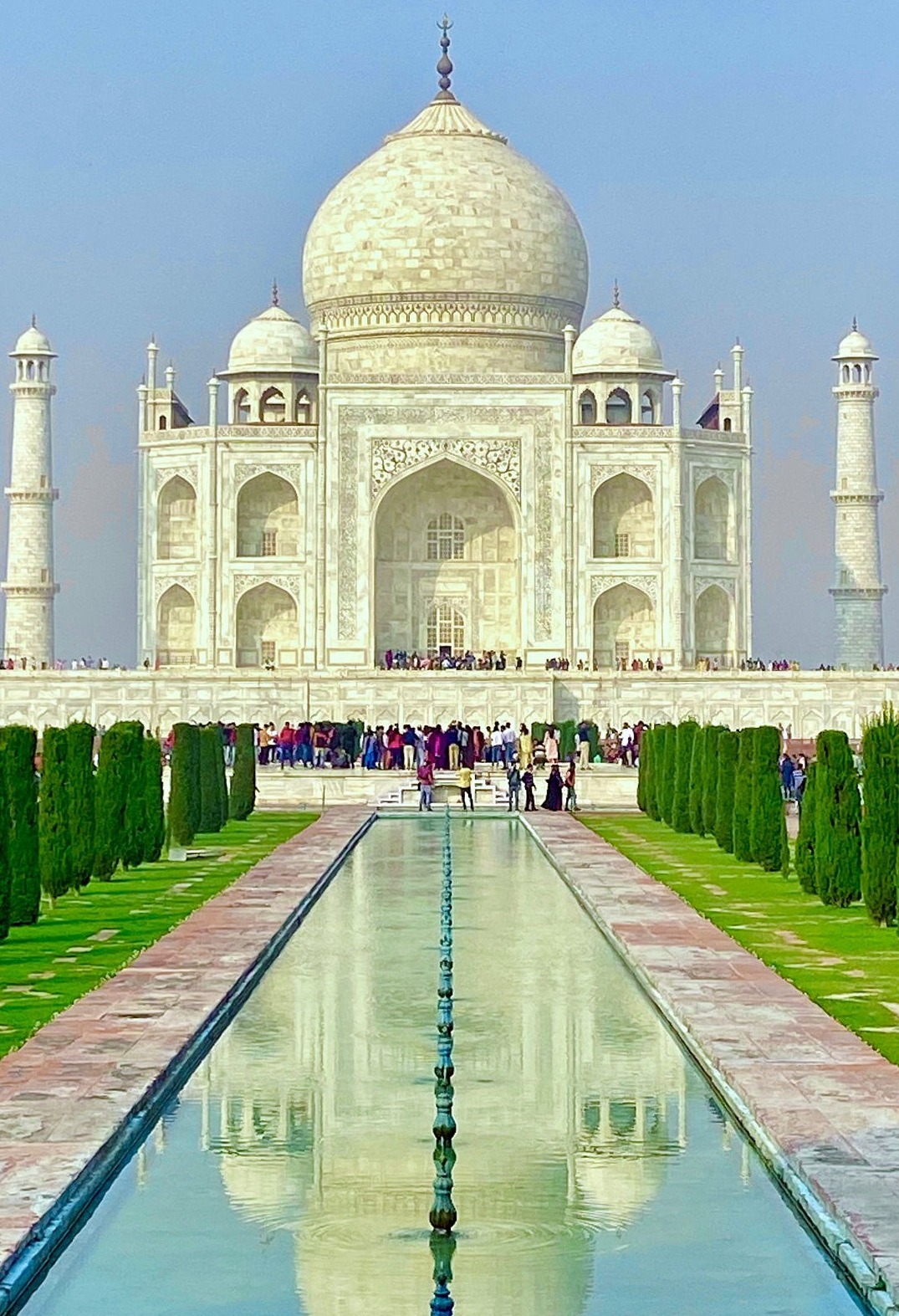
Transfer to the railway station in time for air-conditioned express train 12050 Gatiman Express H. Nizamuddin / Agra Cantt (0810/0950). Agra was the seat of Imperial Mughal court during the 16th and 17th centuries before the capital was shifted to Delhi. The city strategically located on the banks of the Yamuna, flourished under the patronage of the great Mughal Emperors attracting artisans from Persia, Central Asia and also from other parts of India who built luxurious forts, palaces, gardens and mausoleums. On arrival meet your private guide and chauffeur and proceed for the sightseeing of the Taj Mahal (closed on all Fridays) beautifully blossoming in the sun-lit sky. In the memory of his favourite wife Mumtaz Mahal who died at the age of 39 while giving birth to their 14th child, the great Mughal Emperor Shah Jahan built this most extravagant and incomparable monument of love. Described by the poet Rabindranath Tagore as a "tear on the face of eternity", the Taj Mahal is undoubtedly the zenith of Mughal architecture and quite simply one of the world's most marvellous buildings. After sightseeing enjoy lunch at a local restaurant and later drive 50 miles to National Chambal Sanctuary. On arrival check-in to The Chambal Safari Lodge, a family run oasis of tranquility. Nestled in 35 sprawling acres of reclaimed woodland, The Chambal Safari Lodge owned and managed by Ram Pratap and Anu, professionals who moved back to their ancestral farms in 1999 to work on their dream project. Established as a field camp in the late 1890s, the Mela Kothi and its stables were meticulously restored and rechristened the Chambal Safari Lodge. Committed to the sustainable use of natural resources, whilst showcasing the unique biodiversity and distinctive cultural heritage of the Chambal Valley, the team has managed to place the valley on the international responsible tourism map, to secure its continued protection. The extensive grounds are home to over 198 species, such as palm civet cats, jungle cats, foxes, jungle hares, fruit bats, hedgehogs, nilgai and hyenas. The Lodge undertakes and supports conservation, research and activism in the Chambal Valley.
The Chambal Safari Lodge


Located in the heart of pristine Chambal Valley, National Chambal Sanctuary is a veritable haven for Gharial, the rare and highly endangered Gangetic Dolphin, Marsh Crocodiles (Muggers), eight species of Turtles, Smooth Coated Otters, Indian Striped Hyenas, Jungle Cats, Golden Jackals, Indian Wolves and foxes amongst others. A birdwatcher's paradise, the sanctuary currently boasts of over 330 species of resident and migratory birds including large nesting colonies of the Indian Skimmer, the Greater Thick-knee, the Small Pratincole and Lapwings. Today explore the Chambal Valley accompanied by experienced local guides and naturalists on boat at your own pace. The boat ride on the calm waters of the Chambal combined with the dramatic landscape and close-up views of the amazing abundance of wildlife are the highlights of the river safari. The gentle pace of the River Safari is designed to provide spectacular sightings of the gharials, muggers & turtles basking in the sun; the many migratory and resident birds flying sorties; the occasional glimpses of the Gangetic river dolphins breaking surface. In the afternoon set out on the Blackbuck jeep safari which heads southwest towards the countryside between the Chambal and Yamuna ravines, for excellent sightings of Blackbuck deer and numerous dry land birds including the Indian Courser. It is also a fascinating journey through remote hamlets and habitations; a world that is strangely as connected as it appears removed from modern India.

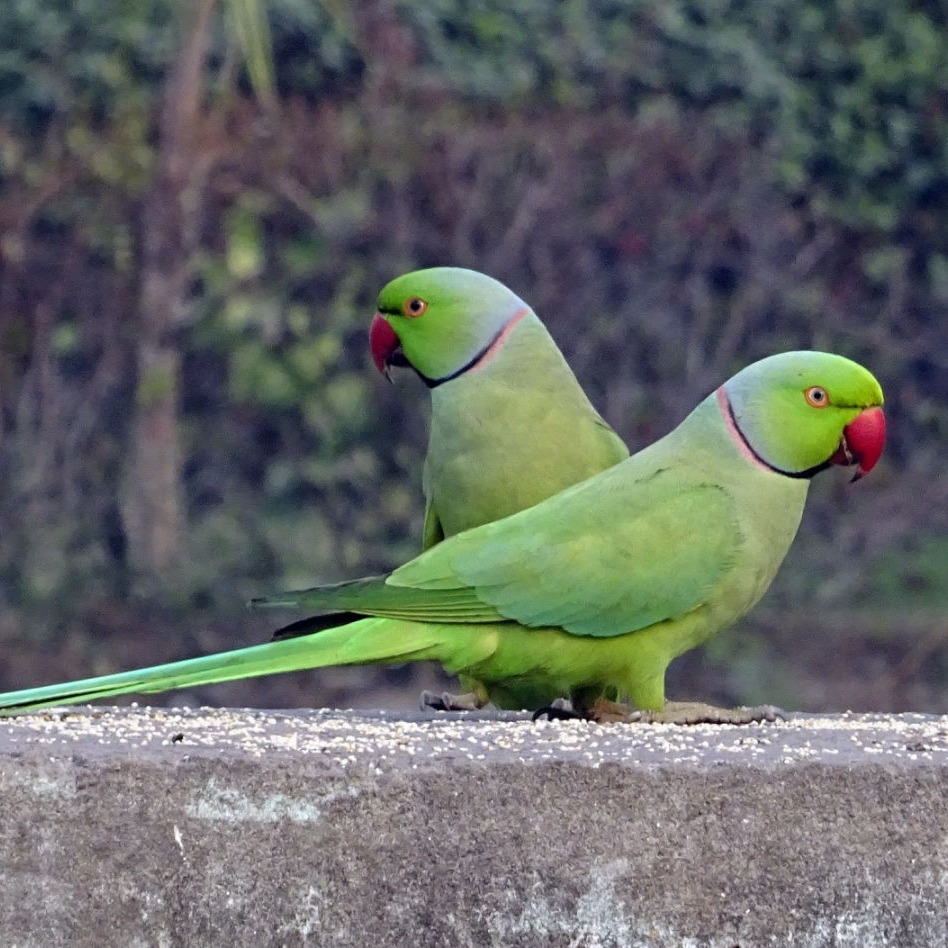
Depart National Chambal Sanctuary after breakfast and drive 3 hours to Keoladeo Ghana National Park. On arrival check-in to Udai Vilas Palace. Nestled amidst 2 acres of verdant and lush greenery, Udai Vilas Palace is located close to the Keoladeo Ghana National Park. In the afternoon hop into cycle rickshaws along with naturalist and park expert on a private bird watching expedition at Keoladeo Ghana National Park. Originally reserved by the royal family for hunting, Keoladeo was declared a national park and then later listed as a World Heritage Site by UNESCO in 1985. Recognised as one of the world’s richest bird breeding and feeding grounds, Keoladeo’s 12 square miles of swamp and lakes constitute one of the most important heronries in the world with such species as the dazzling purple heron, the common grey and the tiny brown pond heron. These diverse habitats are also home to over 379 floral species, 50 species of fish, 13 species of snakes, 5 species of lizards, 7 amphibian species, 7 turtle species, and a variety of other invertebrates.
Udai Vilas Palace

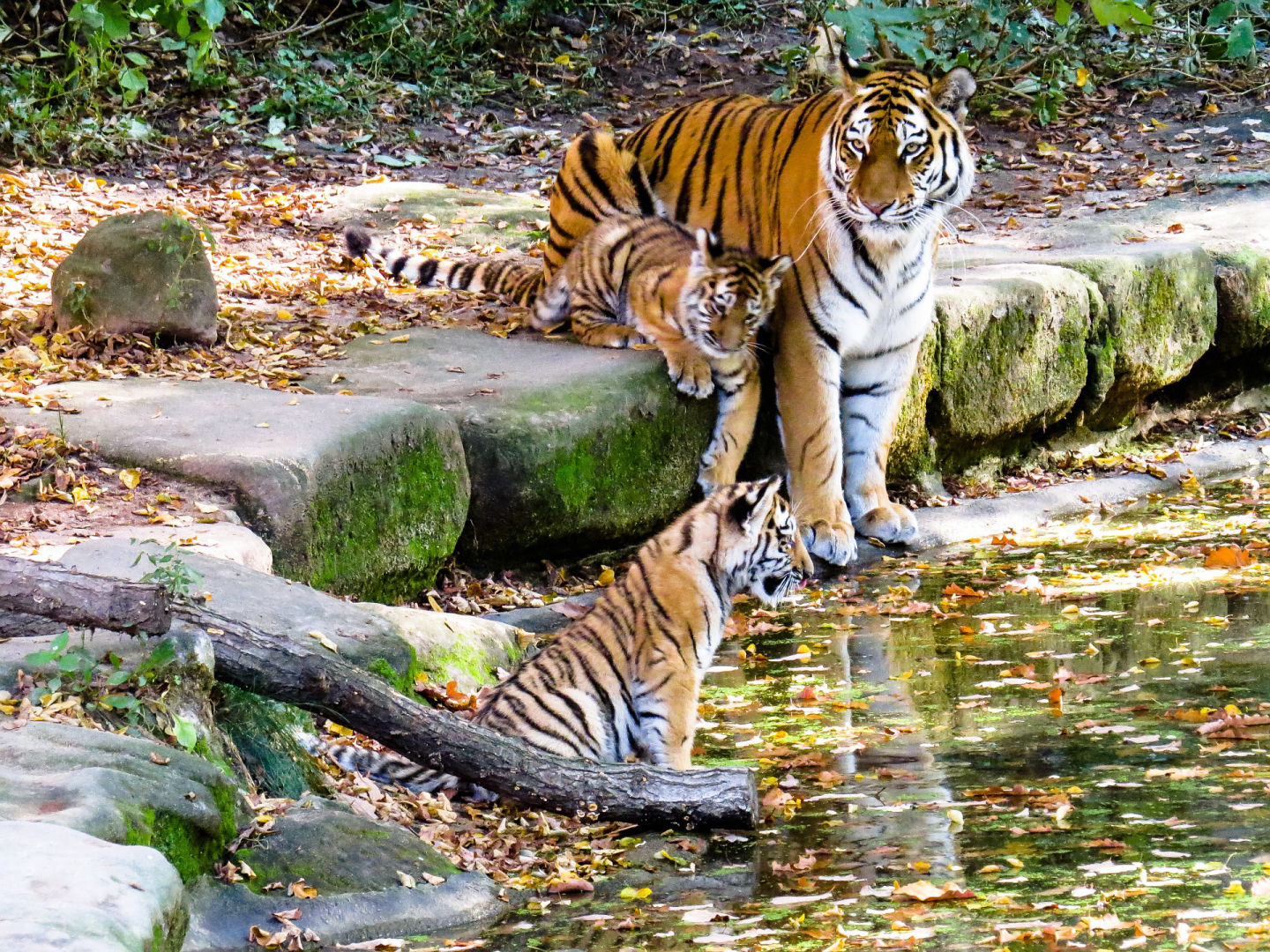
In the early morning enjoy another private bird watching expedition at Keoladeo Ghana National Park. Later depart Bharatpur and enjoy a spectacular drive through scenic Rajasthani countryside to Ranthambhore National Park. On arrival check-in to Vivanta Sawai Madhopur Lodge. Located amidst 12 acres of lush gardens, this 70-year-old hunting lodge exudes a rustic, earthy charm and an air of history. The lodge is a 20-minute drive from the Ranthambhore National Park, which is famous for its tiger population.
Vivanta Sawai Madhopur Lodge


In the early morning and late afternoon enjoy jeep safaris into Ranthambhore National Park for game viewing. Ranthambhore National Park lies in the shadow of the Aravali mountain range and covers a core area of 150 sq miles. Its razor-sharp ridges, deep boulder-filled gorges, lakes and jungles are the habitat of carnivores such as the caracal, panther, jackal, hyena, numerous species of deer, and a rich variety of resident and migratory birds. The most famous resident, however, is the endangered tiger. The tenth century Ranthambhore Fort and quaint pavilions, palaces and chhatris give this hill-fringed sanctuary a unique charm. During the day, you may relax in the cool waters of the pool with a drink or enjoy a swim whilst taking-in lovely views of the surrounding areas or simply rest amidst in the sounds of the forest. You may also explore the 8th century Ranthambhore fort and its quaint pavilions, palaces and chhatris. In the evening enjoy a traditional Indian dinner around the warm glow of the campfire.

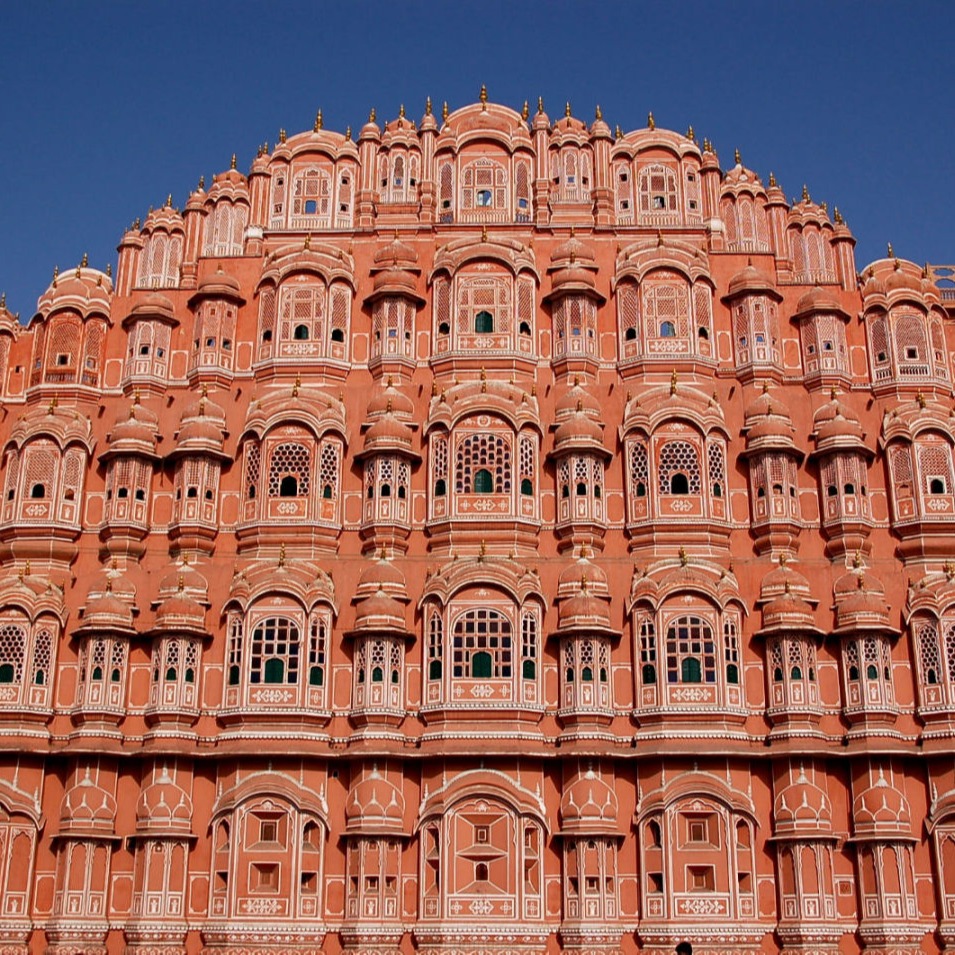
Early morning enjoy another jeep safari into the national park for game viewing. In the afternoon depart Ranthambhore and drive 4 hours to Jaipur, the flamboyant capital of the state of Rajasthan. Famous for its colorful culture, forts, palaces and lakes this historic city basks in the glory of a rich and eventful past. Arrive Jaipur and check-in to Jai Mahal Palace. Set amidst 18 acres of beautifully landscaped Mughal gardens, Jai Mahal Palace has been the residence of three Prime Ministers of the princely state of Jaipur.
Jai Mahal Palace


Drive a short distance north of Jaipur to visit Amber Fort, the ancient capital of the Rajputs from 1037 until 1728. Fortified by natural hills, high ramparts and a succession of gates ascend the Fort on elephant back and visit Amber's magnificent palaces. The building of the fort palace was started by Raja Man Singh, a noted Rajput general in Akbar’s army in 1600, and the architecture shows distinct Mughal influence. The practice of covering walls with mosaics of mirrors was first introduced to India by the Mughals. Following the sightseeing of Amber Fort, drive a short distance to Elephant Village (Hathi Gaon) located in the Amber forest valley to enjoy a short elephant ride and interaction with elephants. Mingle with the majestic animals, indulge in giving them their food and paint their body using organic colours to make them look attractive. In the afternoon explore Jaipur's most famous monuments the Palace of Winds and Jantar Mantar Observatory both within the City Palace Complex at the heart of the Pink City. The city's single most striking feature, its pink color did not form part of the original design. The buildings were sallow yellow and first given a pink wash traditionally the color of hospitality when the city was spruced up for the visit of Prince Albert from England in 1856. The exhibits and interior design of the City Palace have lost none of the pomp and splendor of their glory days. Each door and gateway are heavily decorated, each chandelier intact and each hall guarded by turbaned retainers decked in full royal livery impressing the continuity of a living royal presence.

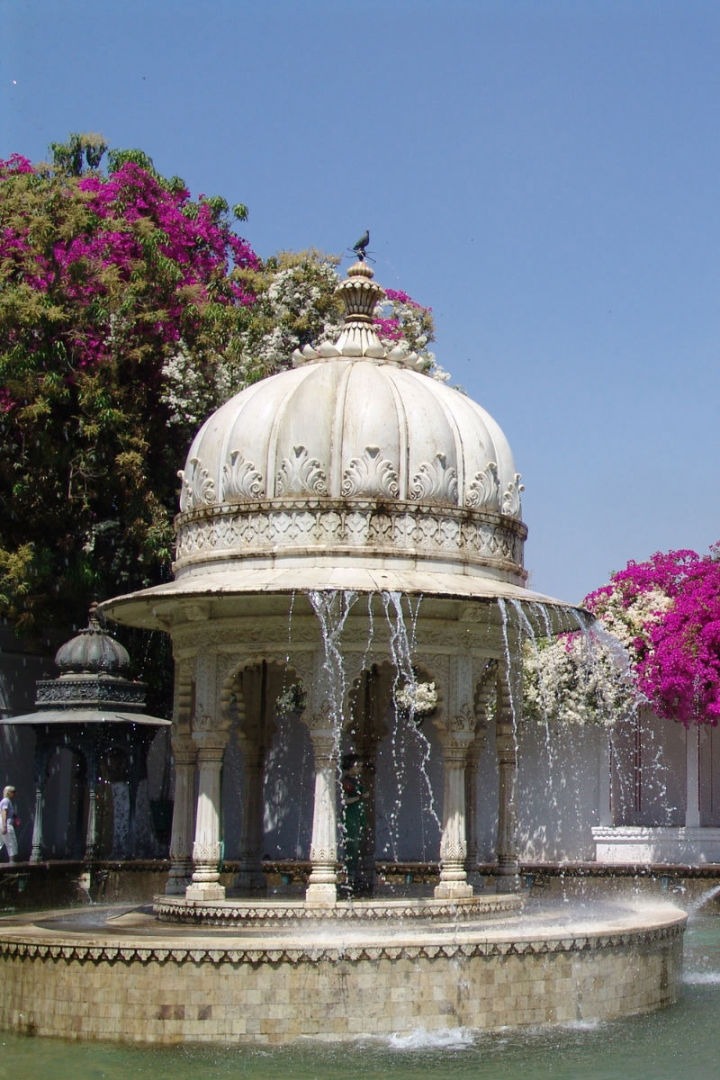
Fly to Udaipur, often referred as the “Venice of the East” and “Most Romantic City of India”. Udaipur was the capital of the former princely state of Mewar and remained so until the state was merged with the Republic of India in 1947. Arrive Udaipur and transfer to Taj Lake Palace. One of the most romantic hotels of the world, Taj Lake Palace spread over four acres in the middle of Lake Pichola. This palace was built in 1746 by Maharana Jagat Singh II of Mewar dynasty. Set around the shimmering Pichola Lake and dominated by dramatic palaces, Udaipur's alleys and narrow streets lend it an almost medieval charm. In the afternoon visit Udaipur's fascinating City Palace, molded in soft yellow stone, its windowless base crowned with ornate turrets and canopies. Part of the Palace is now a museum with its marble and granite walls laden with brilliant miniature paintings and decorated with colored glass and mirrors. Continue on to Sahelion-Ki-Bari Park or the Garden of the Maids of Honor on the shores of the second major lake of Udaipur, Fateh Sagar. The park was constructed for forty-eight young ladies-in waiting who were sent to the royal house as a part of a lavish dowry. It is beautifully laid out with extensive lawns and shady walks and is an excellent example of the Hindu art of landscaping. Also enjoy a panoramic drive around the lake area. At sunset enjoy cruising the calm waters of Lake Pichola on a private boat seeing the fabled city of Udaipur rise majestically above the lake in the middle of the Rajasthan desert.
Taj Lake Palace

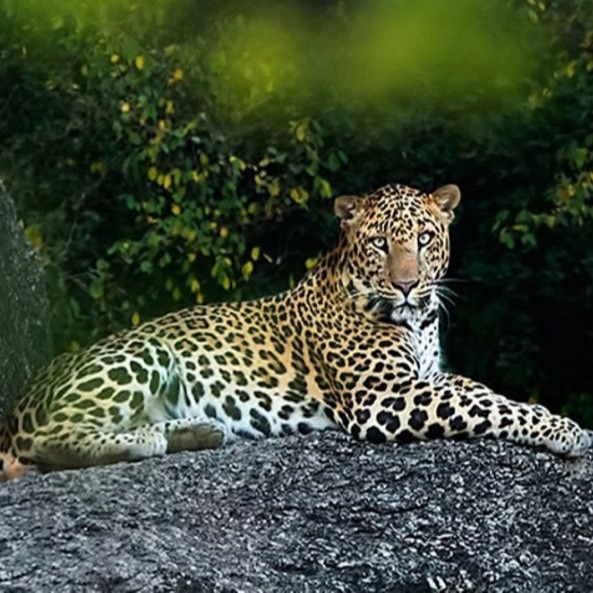
Depart Udaipur in the morning and drive 4 hours to Jawai Bandh. En route stop at the secluded 1439 Jain temple complex at Ranakpur to visit the famous Adinath temple. It is a beautifully crafted marble edifice with 29 halls supported by 1444 pillars-no two of which are alike. Inspired by a dream of a celestial vehicle, Dharna Shah is said to have commissioned the temple construction, under the auspices and patronage of Rana Kumbha, the ruler of Mewar kingdom. After sightseeing continue drive to Jawai and check-in to Sujan JAWAI, located at the heart of an untrammelled wilderness where leopards roam wild and free. The tastefully designed and well-appointed tented accommodation provides oodles of space and privacy that rest encapsulated in a landscape surrounded by craggy granite formations of caves, kopjes, Anogeissus scrub and winding sand river-beds. In the afternoon enjoy game drives in JAWAI in a specially designed open 4x4 safari vehicle with a trained naturalist.
Sujan JAWAI

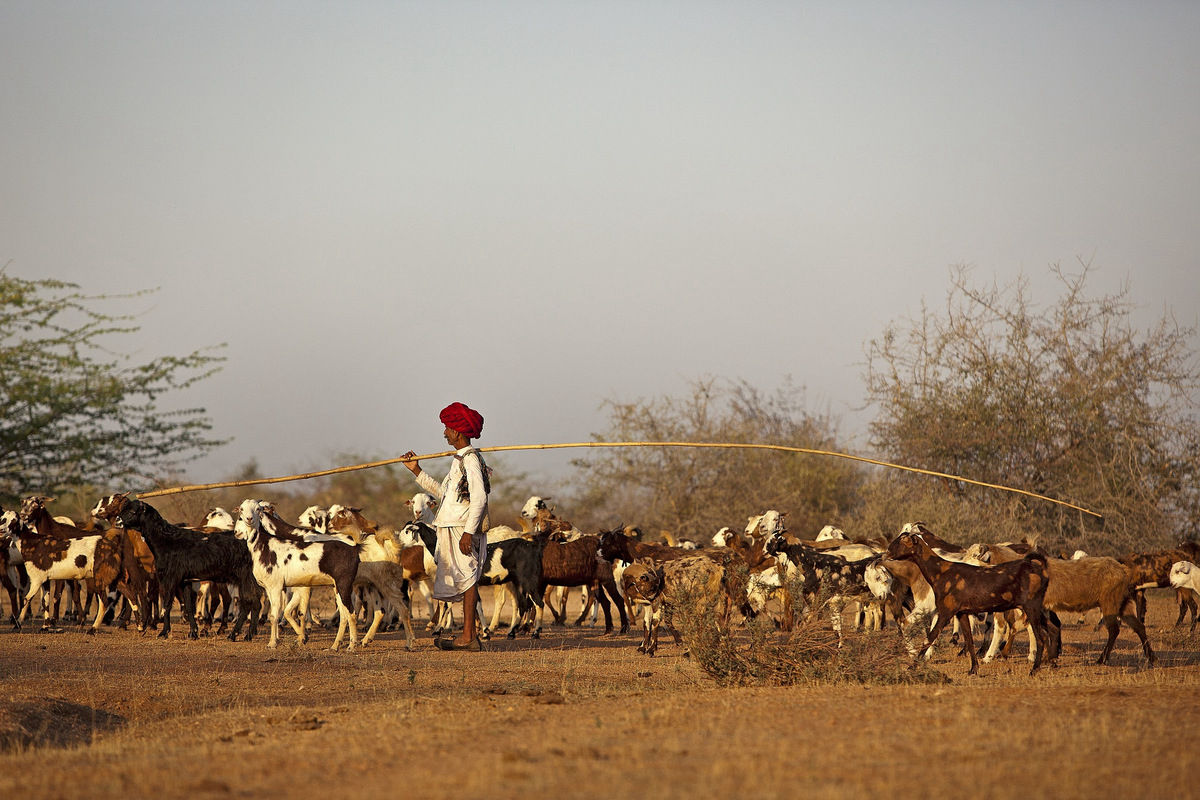
Enjoy twice-daily game drives in JAWAI in a specially designed open 4x4 safari vehicle with a trained naturalist.
The nomadic Rabari herdsmen and Leopards are JAWAI’s predominant attraction. Although there is no formal national park or game reserve in JAWAI, a thriving population of the felines have ranged across this region for several years. You may also see jungle cat, sloth bear, wild boar, jungle hare, jackal, hyena and numerous varieties of bird species in Jawai.

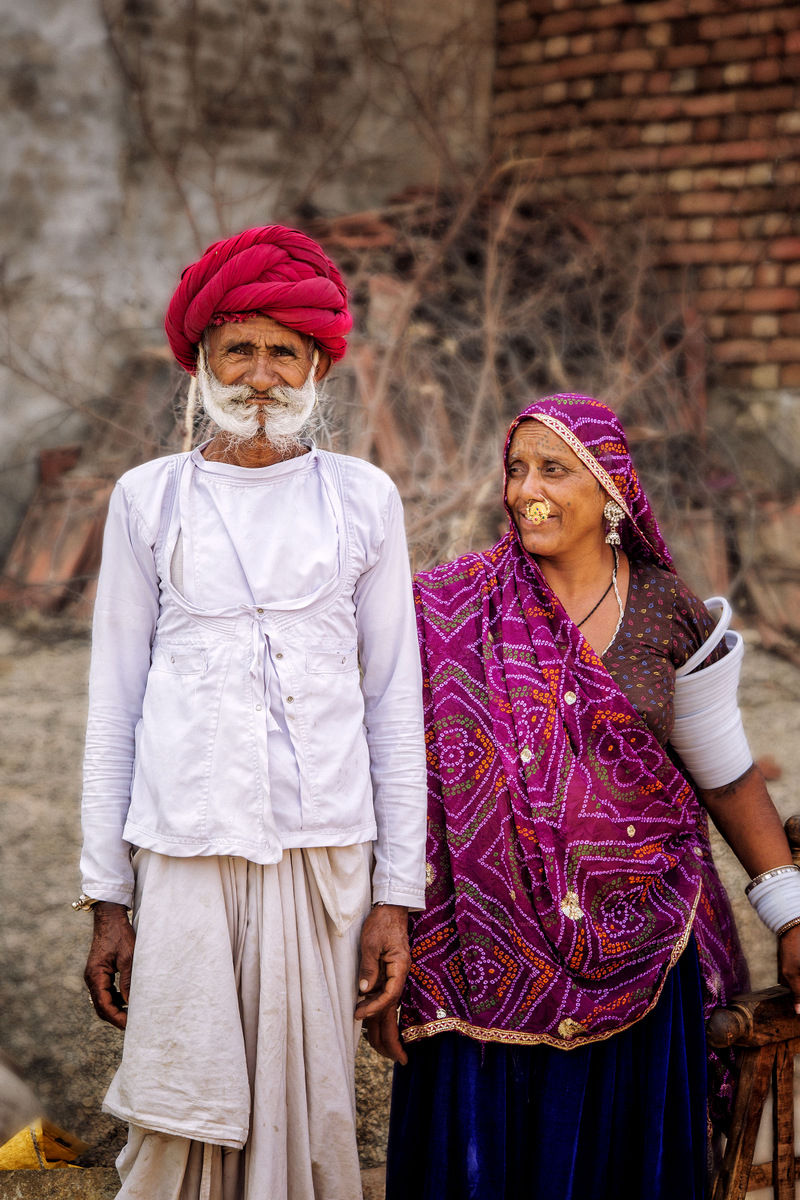
In the morning enjoy another game drive in JAWAI in a specially designed open 4x4 safari vehicle with a trained naturalist. After breakfast depart Jawai and drive 2 hours through scenic countryside to Rohet, a picturesque hamlet settled by the Bishnoi community on the outskirts of Jodhpur. Arrive Rohet and check-in to Rohet Garh. Situated on the banks of a lake and set in the midst of rural surroundings, Rohet Garh is a haven of peace and tranquillity. Sprawling lawns and manicured gardens, which invite a multitude of birds and dancing peacocks, herald your entry into this oasis where the bird song is the only sound you will hear. At Rohet Garh you are guests at the home of the descendants of the first rulers who sat on the Rohet throne. Rohet offers an unparalleled insight into Rajasthan's vivid and colourful rural heritage by showcasing the prevalent Bishnoi Tribal culture. In the afternoon enjoy a jeep safari to the Bishnoi villages where you will meet with tribesmen dedicated to the preservation of their natural habitat and social customs. They have protected nature for more than 500 years and are responsible for the very survival of species like the rare protected Black Buck antelope. Also meet the Raikas shepherds with their glorious costumes, the Paliwal farmers and the Meghwal Brahmin weavers.
Rohet Garh


In the morning enjoy an escorted bird watching trip on cycles with packed breakfast to nearby lakes. The lakes and Jheels around Rohet Garh are a haven for birds. The winter months attract a vast variety of birds into the region, where in a good year up to 200 different species can easily be sighted. In the afternoon drive a short distance to Jodhpur and check-in to RAAS Jodhpur, a luxury boutique hotel located inside the Walled City. Jodhpur is the second largest city of Rajasthan which lies on the once strategic Delhi-Gujarat trading route. This historic city was founded in 1459 by Rao Jodha, the Rathore ruler of the kingdom of Marwar. Later today visit the Meherangarh Fort, the most authentic surviving taste of ceaseless rounds of war, honor and extravagance that characterized Rajputana. The royal apartments within the fort now form part of the outstanding museum. Its rich and varied collection includes a golden throne, fine miniature paintings, traditional costumes and fascinating weapons. Proceed to Jaswant Thada. This elegant pillared marble memorial with fine lattice carving is the cenotaph of Maharaja Jaswant Singh II whose innovative irrigation schemes brought water and prosperity to this parched land. Local people regularly come here to offer prayer and flowers at his shrine. Cenotaphs of subsequent rulers and members of the royal families are also located here. End the day with a visit to the medieval bazaar of Jodhpur selling textiles, antiques and spices. Jodhpur's bazaar lies clustered around a clock tower is a fascinating area to explore with its little shops selling silver jewellery, lacquer bangles, tie-dyed fabrics, soft camel leather shoes, puppets, clay figurines and colorful heaps of sweets and spices. The pavements are lined with henna artists who decorate women's palms with intricate, lacy patterns.
RAAS Jodhpur
Fly to Delhi today and connect with your homebound flight. All too soon your exciting passage across the wonder that is India has drawn to a close. Depart Delhi with grand memories to be rekindled over a lifetime.
